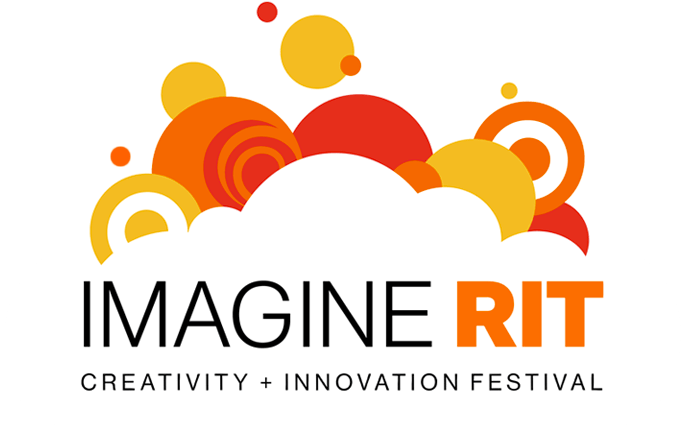Residential Hydrogen Storage
In order to make a national switch to green energy sources, long and short term high capacity energy storage solutions are needed to ensure that power delivery is maintained during periods where production is outstripped by demand, and to ensure that energy generated in excess during peak hours is not lost. Given that traditional batteries are incredibly environmentally unsustainable, and current grid-scale battery plans seem unfeasible, governments and companies are pursuing alternative means of energy storage. One of the possible solutions that is being explored is using hydrogen to store energy. Hydrogen presents an incredibly energy dense storage option for hydrogen, and at large scale is capable of being made highly efficient. -However, many houses in the US have green energy sources built into their construction, most commonly solar panels. These panels produce far more energy than the house consumes during peak production (around noon, when usually most occupants are either at work or school), and lag behind demand during the evening when the sun sets and the house is filled by its occupants. This problem presented a potential market to our clients, who came to us with our project - to design and build a prototype residential hydrogen storage system, and explore the challenges and viability of turning this prototype into a product. To limit scope, our project focused on three of the four steps to creating such a system - water purification, hydrogen generation, and hydrogen storage (the last step would be power generation using the generated hydrogen, which was unfeasible for us to attempt to tackle in addition to the rest of our project given our relative lack of funding and time). Our system first takes in tap water from municipal lines, runs it through a purification process to attempt to bring it to ASTM D1193-06 Type I purity - that is, water which has been purified to effectively the maximum degree possible, though traditional filtration, mixed bed deionization, and micropore filtration. In short, this is necessary to limit damage to the electrolysis system, prevent the production of undesirable products (e.g electrolysis of chlorine bleach in water can produce chlorine gas, hydrochloric acid, and undesirable salts on the surface of the electrodes), and maximize the efficiency of hydrogen gas production. After this, the water is piped into a Proton Exchange Membrane (PEM) electrolyzer, which splits the water into oxygen and hydrogen, and by utilizing the behavior of the exchange membrane extract nearly 99% pure hydrogen into the third system stage. In order to store the hydrogen, we are utilizing a Lanthanum pentanickel metal hydride stored within a high-strength vessel. Lanthanum pentanickel very readily allows hydrogen to diffuse through its lattice structure, and traps it, allowing for a hydrogen storage density per unit crystal at 2 [bar] pressure equivalent to the storage of gaseous hydrogen at 1800 [bar]. This diffusive behavior of the metal hydride also enables easier long term storage, as the hydrogen will more readily diffuse into the metal matrix as opposed to attempting to diffuse through the walls of the vessel and into the environment. At Imagine RIT, the exhibit will be our system which is contained in a clear, polycarbonate container. We plan to use whiteboard markers to label the different components of the system and map how the various fluids move through it. We may have a video showing its operation for people to watch. However, we do not plan to run the system in any capacity and there will be no hydrogen in the system. Usage data of system operation will be included, as well as analysis of system cycle efficiency, but because operation of the system presents a potential hydrogen leakage risk (as hydrogen will leak through any system in which it is present) and the system operation is nothing particularly exciting to watch, its operation is not necessary for presentation at RIT. Visitors should expect the presentation depth to match their knowledge base, as the concepts utilized can be explained relatively simply in broad terms, but the team does have sufficient knowledge to discuss technical aspects of the project (e.g. duck curves, diffusion kinetics, safety, purification processes) in depth.
Topics
Exhibitor
Gabriel Wiser
Benjamin Duby
Max Kreckel
Arthur Wong
Nathaniel Hoon
Advisor(s)
Donald Pophal is our MSD guide
Organization
Kate Gleason College of Engineering
Thank you to all of our sponsors!









